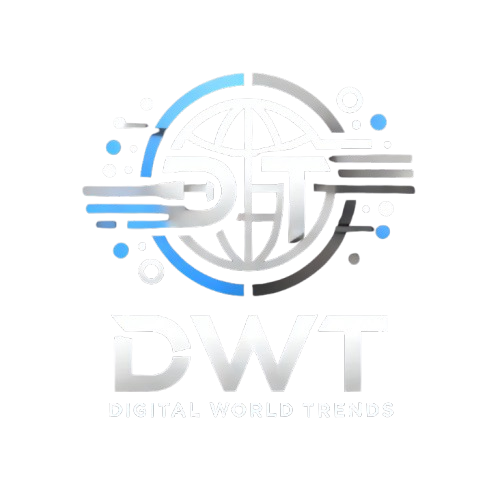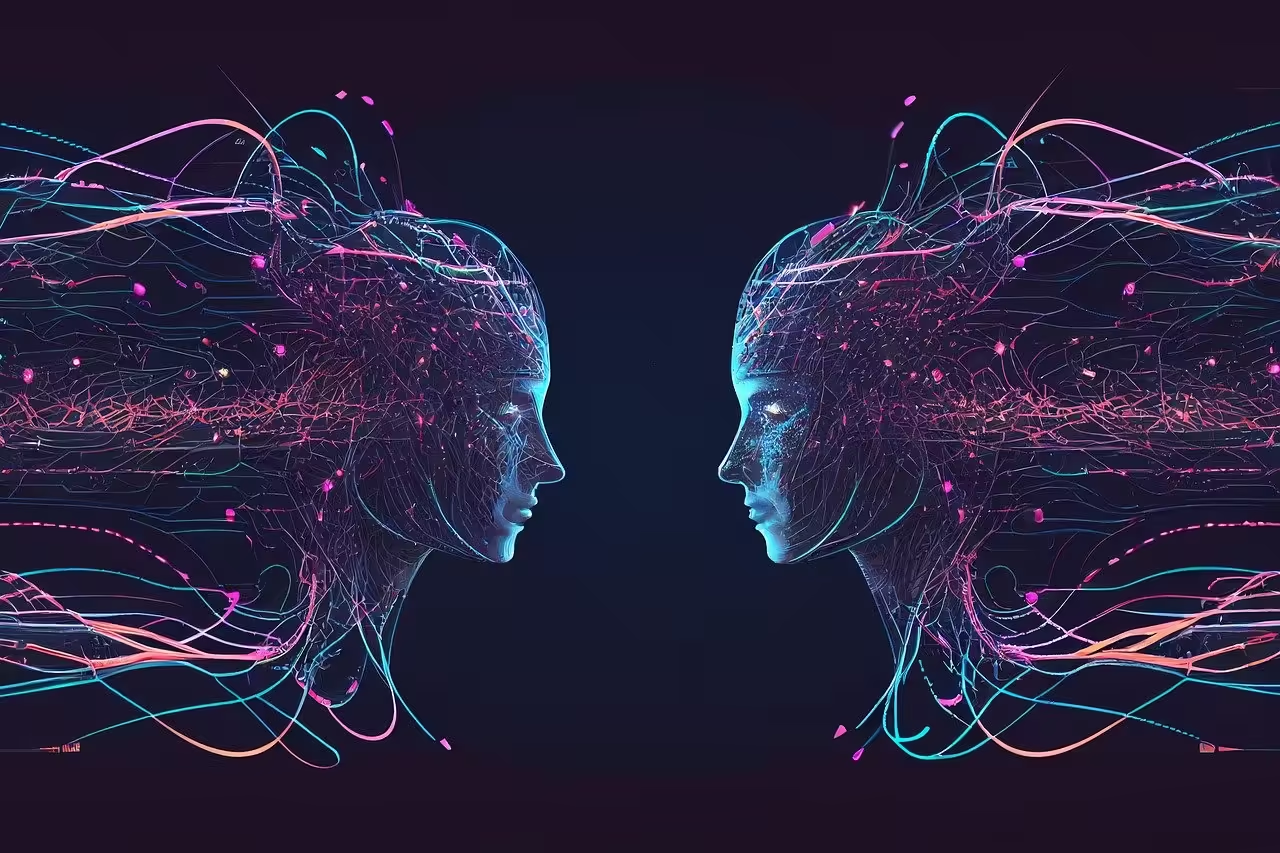Imagine a world where technology could help you accomplish almost anything, where you could create, connect, and solve problems with unprecedented ease. It sounds like science fiction, but it’s happening right now. At the heart of this transformation are GPT (Generative Pre-trained Transformer) models—an advanced form of artificial intelligence that’s breaking boundaries in ways we never thought possible.
Whether it’s OpenAI’s ChatGPT, Google’s Gemini, or Microsoft’s Copilot, GPT models are changing how we work, communicate, and even create. These AI-driven tools are more than just software; they’re like superpowers, enhancing productivity, creativity, and connection in remarkable ways. But like all powerful tools, they come with risks. While GPT is helping people achieve incredible things, it’s also being exploited in darker ways—from aiding cybercriminals to spreading misinformation.
In this post, we’ll look at how GPT models are reshaping the world for better and worse, and what that means for our future.
GPT for Good: Unlocking New Levels of Productivity and Creativity
1. Your New Creative Partner
For writers, marketers, and artists, GPT is like having a brainstorming partner that never tires. You don’t have to worry about writer’s block or the pressure of deadlines—just prompt your AI, and within seconds, you have ideas, drafts, or even full stories. OpenAI’s ChatGPT and Google’s Gemini are particularly popular among creatives, helping people develop content and explore fresh ideas with ease.
Example: Think about social media managers, who juggle constant content demands. With GPT, they can generate engaging posts, captivating captions, and blog outlines in seconds, freeing them to focus on building stronger connections with their audiences.
2. Efficiency Like Never Before
In the corporate world, GPT models are redefining productivity. Microsoft’s Copilot for Office applications like Word, Excel, and Outlook is a prime example. Instead of spending hours analyzing data or crafting reports, Copilot can handle the grunt work, allowing employees to focus on strategic thinking and big-picture goals.
Imagine this: You’re swamped with emails. Copilot reads through them, highlights the essentials, and even drafts responses—all while you work on more pressing tasks. It’s not just faster; it’s smarter work.
3. Personalization at Scale
Customer service teams love GPT-powered chatbots. Available 24/7, these AI-driven bots are trained to handle inquiries, complaints, and suggestions with the perfect blend of speed and empathy. For companies, it means happier customers and a lower workload for human agents. It’s an efficiency boost that doesn’t sacrifice quality.
The Dark Side: When GPT Becomes a Weapon for Crime
But as amazing as these tools are, they’ve also proven to be disturbingly useful for those with malicious intentions.
1. FraudGPT and WormGPT: The Rise of “Evil AI”
GPT isn’t just helping creators and businesses; it’s also empowering cybercriminals. Recently, models known as FraudGPT and WormGPT emerged, crafted specifically for scams, fraud, and even hacking. These tools are built with crime in mind, helping scammers write fake emails, draft phishing messages, and manipulate people on a scale never seen before. In the past, scams required careful planning and expertise, but with AI, criminals can now launch highly convincing fraud campaigns in a matter of minutes.
Imagine this: You receive an email that looks exactly like a message from your bank. Every detail is perfect—logos, language, everything. But it’s a fraud attempt crafted by an AI. How would you know?
2. The Growing Threat of Automated Hacking
GPT models don’t just help with language; they can analyze code, find vulnerabilities, and even write malware. Hackers can use AI to break into systems faster than ever, which has cybersecurity experts around the world deeply concerned. It’s no longer just about protecting against skilled hackers—now, almost anyone can deploy sophisticated attacks with the help of AI-driven tools.
3. The Spread of Misinformation and Fake News
Misinformation is nothing new, but GPT models can take it to terrifying levels. Imagine if a bad actor wanted to sway public opinion. With AI, they can generate thousands of fake news articles or social media posts in minutes, each one more believable than the last. This ability to generate persuasive fake content could lead to widespread deception, potentially even influencing elections or sparking social conflict.
The Ethical and Security Dilemmas of GPT
The rapid rise of GPT technology brings ethical and security questions that cannot be ignored. How do we balance the incredible benefits of AI with the real dangers it poses?
1. Bias in AI: The Unseen Risk
GPT models learn from data, and sometimes that data reflects human biases. This can lead to biased outputs that unintentionally reinforce stereotypes or discriminate. For instance, if AI is used in hiring or evaluating candidates, there’s a risk that it could favor certain demographics over others. Companies using GPT models need to actively monitor and address biases to ensure ethical use.
2. Privacy and Data Security
These AI models are “hungry”—they need vast amounts of data to learn and improve. But this poses a risk to privacy. If a model accidentally learns from sensitive information, it could end up generating outputs that reveal private details. Companies and developers must adhere to strict data protection policies and respect user privacy to build trust.
3. Accountability in the Age of AI
When AI causes harm—intentionally or unintentionally—who’s responsible? If a GPT-powered tool generates a dangerous idea or outputs harmful information, it’s unclear who should be held accountable. As AI continues to permeate everyday life, establishing clear accountability guidelines will be essential to avoid legal and ethical chaos.
The Road Ahead: Can We Control the Power of GPT?
The future of GPT is incredibly promising, but it’s also uncertain. As these models continue to evolve, society faces a choice: Will we wield this technology responsibly, or will it slip out of control?
1. The Role of Regulation
Many believe that the only way to harness GPT responsibly is through regulation. Governments worldwide are beginning to draft policies aimed at keeping AI use ethical and safe. For instance, the EU’s AI Act seeks to establish comprehensive regulations to protect users and ensure transparency. By putting rules in place, society can reap the benefits of GPT without falling prey to its darker possibilities.
2. Technological Safeguards and Self-Regulation
Leading tech companies like OpenAI are also building safeguards directly into GPT models. These include filters that detect and block harmful content and algorithms that recognize potential misuse. Self-regulation in the AI industry is crucial to limit the potential for abuse and ensure AI’s positive impact.
3. Public Education and Awareness
Educating people about AI is perhaps the most effective way to limit its risks. By understanding how AI works—and its potential dangers—people can make informed choices and recognize when interacting with AI-generated content. It’s up to schools, media, and companies to provide clear, accessible information on the realities of GPT.
Conclusion: Embracing AI Without Losing Control
GPT models hold immense potential to reshape our world. They’re empowerment, productivity, and creativity tools that promise to improve our lives in countless ways. But with this power comes a dark side that can’t be ignored.
The future of AI isn’t about choosing whether to embrace it; it’s about choosing how we embrace it. By balancing innovation with responsibility, we can shape a future where GPT models uplift us without endangering our privacy, security, or society.
The choice is ours: Will we let GPT models transform us for the better, or will we allow their potential to be overshadowed by misuse? As we stand at the crossroads of this technological revolution, it’s clear that the power of AI—like all powerful tools—rests in the hands of those who wield it.
Key Resources:
- “FraudGPT and WormGPT: The Rise of AI-Assisted Cybercrime,” TechRadar
- “Exploring the Benefits and Risks of GPT in Modern Business,” Harvard Business Review
- “Understanding AI Bias and the Need for Ethical AI,” IEEE Spectrum

